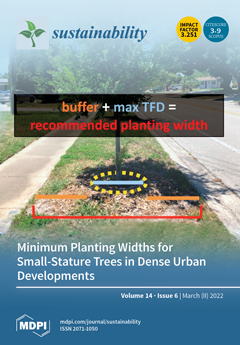Elastic modulus (E) is a key parameter in predicting the ability of a material to withstand pressure and plays a critical role in the design of rock engineering projects. E has broad applications in the stability of structures in mining, petroleum, geotechnical engineering, etc. E can be determined directly by conducting laboratory tests, which are time consuming, and require high-quality core samples and costly modern instruments. Thus, devising an indirect estimation method of E has promising prospects. In this study, six novel machine learning (ML)-based intelligent regression models, namely, light gradient boosting machine (LightGBM), support vector machine (SVM), Catboost, gradient boosted tree regressor (GBRT), random forest (RF), and extreme gradient boosting (XGBoost), were developed to predict the impacts of four input parameters, namely, wet density (
ρwet) in gm/cm
3, moisture (%), dry density (
ρd) in gm/cm
3, and Brazilian tensile strength (BTS) in MPa on output E (GPa). The associated strengths of every input and output were systematically measured employing a series of fundamental statistical investigation tools to categorize the most dominant and important input parameters. The actual dataset of E was split as 70% for the training and 30% for the testing for each model. In order to enhance the performance of each developed model, an iterative 5-fold cross-validation method was used. Therefore, based on the results of the study, the XGBoost model outperformed the other developed models with a higher accuracy, coefficient of determination (
R2 = 0.999), mean absolute error (MAE = 0.0015), mean square error (MSE = 0.0008), root mean square error (RMSE = 0.0089), and a20-index = 0.996 of the test data. In addition, GBRT and RF have also shown high accuracy in predicting E with
R2 values of 0.988 and 0.989, respectively, but they can be used conditionally. Based on sensitivity analysis, all parameters were positively correlated, while BTS was the most influential parameter in predicting E. Using an ML-based intelligent approach, this study was able to provide alternative elucidations for predicting E with appropriate accuracy and run time at Thar coalfield, Pakistan.
Full article





